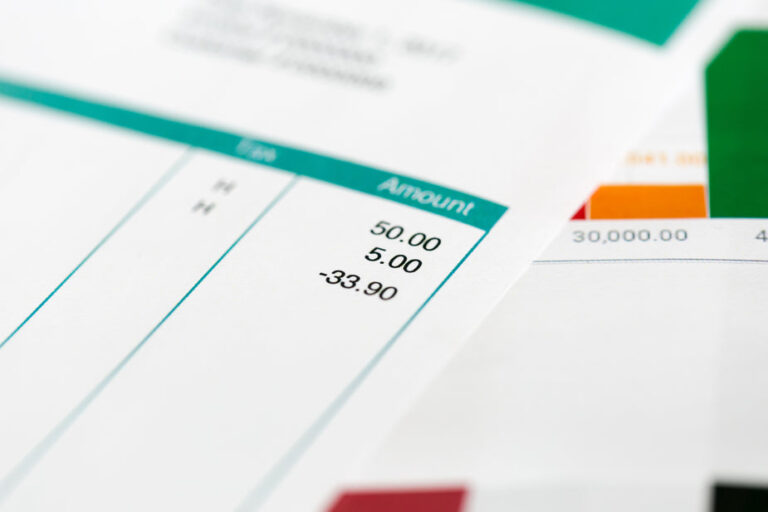With the new financial year underway, understanding how tax brackets work in Australia is more important than ever. The federal government’s recent adjustments to tax thresholds and rates for 2025 are already affecting millions of Australians’ pay packets. Whether you’re a PAYG employee, a business owner, or an investor, staying on top of these changes can help you make smarter decisions about your income, super, and investment strategies.
2025 Tax Bracket Updates: What’s Changed?
The 2025 tax year marks a significant shift in Australia’s personal income tax system. The federal government’s Stage 3 tax cuts—originally legislated in 2018 but amended in 2024—came into effect on 1 July 2024. These changes have flattened the middle-income brackets, altered the top marginal rates, and delivered relief to a broad range of taxpayers.
- New 2025 Tax Brackets:
- Up to $18,200: 0% (tax-free threshold)
- $18,201 – $45,000: 16%
- $45,001 – $135,000: 30%
- $135,001 – $190,000: 37%
- Over $190,000: 45%
The most notable change is the expansion of the 30% bracket, now covering incomes from $45,001 all the way up to $135,000. This means many Australians will see more of their income taxed at a lower rate than last year.
How Do Tax Brackets Affect Your Take-Home Pay?
Australia’s progressive tax system means you don’t pay the same rate on every dollar you earn. Instead, your income is split across the brackets, with each segment taxed at the corresponding rate. For example, if you earn $90,000 a year, your income is taxed as follows:
- The first $18,200 is tax-free
- The next $26,800 (up to $45,000) is taxed at 16%
- The remaining $45,000 (from $45,001 to $90,000) is taxed at 30%
This bracket system means that pay rises, bonuses, or extra income from side gigs can push more of your income into higher brackets, but only the portion above the threshold is taxed at the higher rate. The so-called ‘bracket creep’—where inflation pushes your income into higher brackets—has been partially addressed by these new thresholds, offering relief for many middle-income earners.
Real-World Impacts and Planning Tips for 2025
So, what does all this mean for your wallet? Let’s break down some practical implications:
- Employees: Most full-time workers will notice an increase in their take-home pay. For example, someone earning $70,000 will pay roughly $1,500 less in tax compared to the previous year.
- Small Business Owners: Those drawing a salary or paying themselves through dividends should review their tax strategies. The new brackets may open up opportunities for salary sacrifice or adjusting super contributions to optimise after-tax income.
- Investors: Rental income, dividends, and capital gains can nudge you into higher brackets. With the 30% bracket now much wider, many investors will see less of their income taxed at higher rates.
- Families: Changes to tax offsets and thresholds could affect eligibility for family tax benefits and childcare subsidies. Reviewing your combined household income is a smart move this year.
Here are a few actionable tips:
- Use an updated tax calculator to estimate your 2025 tax bill
- Check if salary packaging or super top-ups could reduce your taxable income
- Review your investment strategy in light of the broader 30% bracket
- For high-income earners, consider the Medicare Levy Surcharge and Division 293 tax on super
Looking Ahead: What’s Next for Tax Policy?
The government has signalled that future bracket adjustments may be tied to inflation, aiming to reduce bracket creep in the years ahead. There’s also ongoing debate about further tax reform, including changes to negative gearing and capital gains tax concessions, but nothing concrete is slated for 2025.
For now, the 2025 tax brackets are locked in, so this is the ideal time to revisit your financial plan and take advantage of the new thresholds. Whether you’re planning to ask for a raise, invest more, or adjust your super, understanding where your income sits on the tax ladder is the first step to making your money work harder for you.


